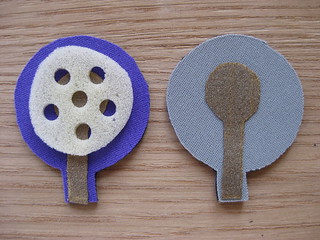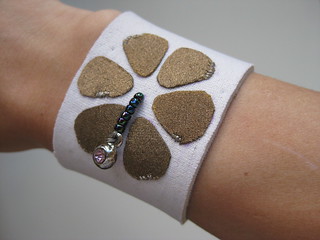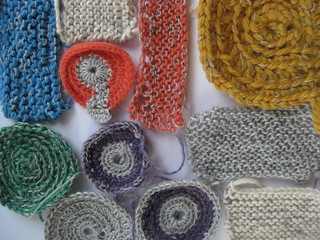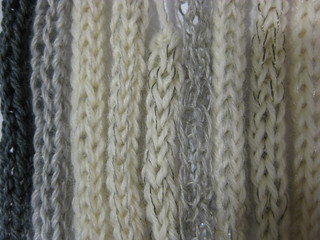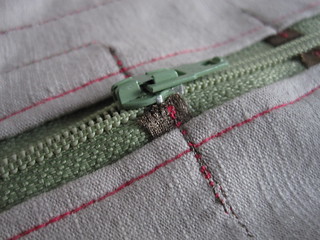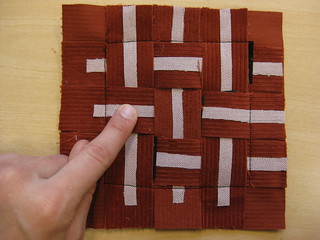Challenge:
Read Photocell and control Servo motor according to the light coming into the sensor.
- What components do you need??
- How do you connect?
- Which code to use? or what you need to modify??
Analog Sensor vs. Digital Sensor
What are the differences between analog sensor and digital sensor?
Digital Sensors
It gives 1 or 0 (HIGH or LOW, 5V or 0V) as an output.
You need to read it via digital input pin with digitalRead() function.
Example: Push button*, Tilt switch*, contact switch*, motion sensor
* You will need to use pull down/up resisters (10k ohm or bigger) with this types of sensors.
Analog Sensors
It gives range of output between 0-1023 (0V-5V)
You need to read it via analog input pin with analogRead() function.
Example: potentiometer, photocell*, flex sensor*, soft Pot, Accelerometer, Gyro sensor, Temperature sensor, proximate sensor
* For resistive sensors, you will need to create voltage divider using another fixed resister.
This week’s topic is to experiment with eTextile materials or paper electronics techniques and make custom sensors.
Materials
Conductive Thread
silver coated thread by statex
There are some resistance, but small enough to make circuit connections. Good for hand sewing, hand embroidery. If you use it on sewing machine, use it as bobbin thread. Can not solder on it.

silver coated thread by Elitex
There are some resistance, higher than the statex thread. Be careful when you use it for circuit connections. Check with your multimeter how much resistance you have between connections. Can not solder on it.

copper thread by Karl Grimm
Very conductive. Fine copper fiber ply with polyester fiber on core. It is stiff but can sew by hand or use for hand embroidery. You can use it on sewing machine as bobbin thread. You can solder on it.

Conductive Fabric
silver plated stretch by statex
very conductive and stretchable. Can not solder on it.

copper plated ripstop by statex
very conductive. Can solder on it (but be careful)

Resistive material
Velostat also: anti-static bag, ESD bag
Velostat is a back, opaque, volume-conductive, carbon-impregnated polyolefin. Piezoresistive material, meaning it’s electrical resistance decreases when pressured.
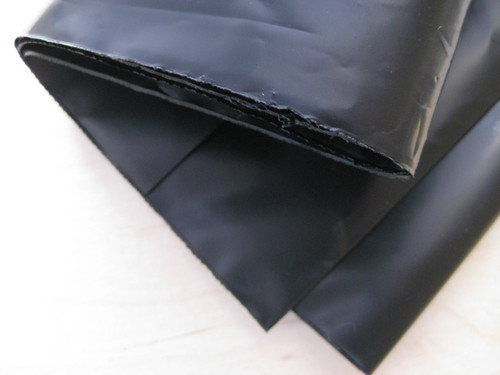
Carbon fused non woven by Eeonyx
Non woven fabric fused with carbon particles.
It has also a characteristics of a piezoresistive material, meaning it’s electrical resistance decreases when pressured.

Conductive Yarn
Stainless steal fiber with Polyester by Plug and Wear
High resistance. You can not use it for circuit connection.
It changes its resistance as you stretch it. Good for stretch sensor or pressure sensor making.
Conductive wool
Stainless steal fiber with Wool by Bekaert
High resistance. You can not use it for circuit connection.
It changes its resistance as you stretch it. Good for stretch sensor or pressure sensor making.

Copper Tape
very conductive. Adhesive on the back. Can solder on it.
Good for paper electronics.

Carbon ink
Bare conductive ink by Bare
High resistance but good to make sensors with. Can draw on skin.

Examples of Sensors
Examples of Paper sensors with carbon paint and copper tape
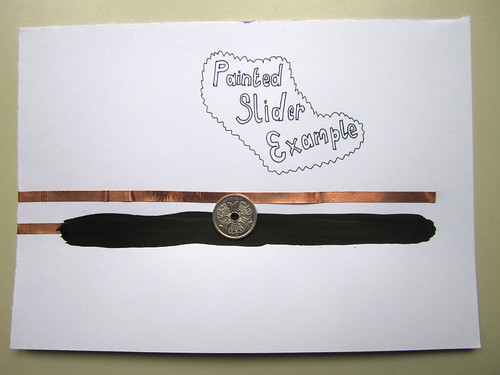
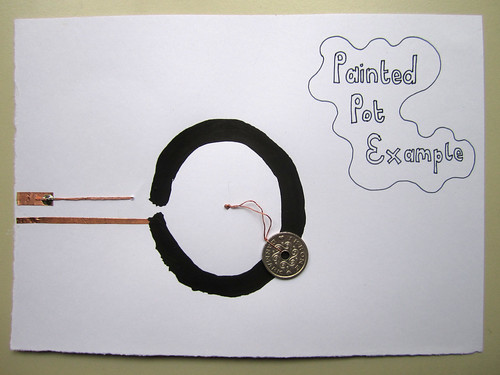
Challenge 1
Choose one example and make your own version of textile/ paper sensor. Connect it with Arduino and read its input.
Challenge 2
Develop your own customized sensor
Challenge 3
Develop a small prototype project that involves customized sensor and one (or few) actuators. What does it sense? and What does it do?

